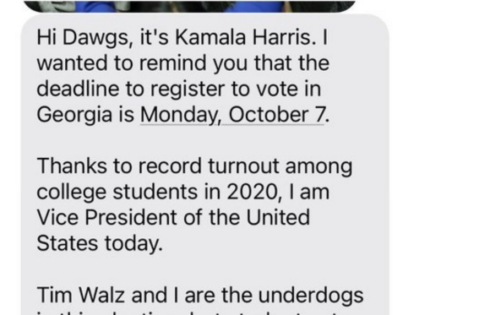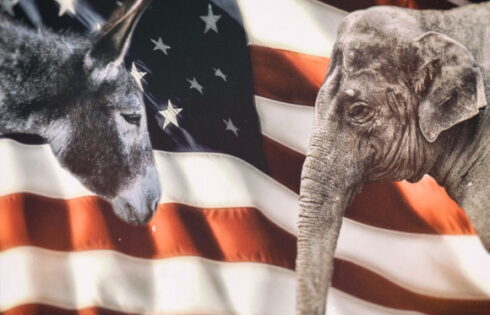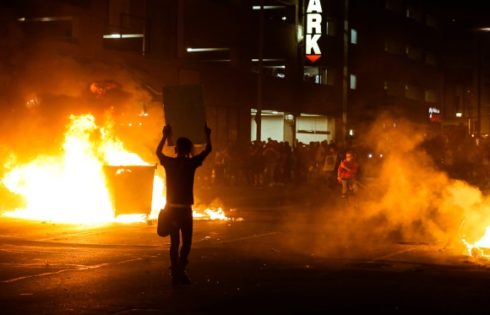
At least two law schools have sanctioned professors in recent years for making comments – even privately – on the average lower academic performance of black students in their classes and schools.
But this is a conversation that sorely needs to happen, according to UCLA Law Prof. Eugene Volokh, a First Amendment expert.
Writing at his eponymous blog for law faculty, Volokh takes on Georgetown Law administrators and black faculty for the chilling effects of their campaign against Sandra Sellers, an adjunct professor fired for what she thought was a private conversation with a colleague.
Whatever the explanation – such the mismatch hypothesis or so-called stereotype threat – “the phenomenon of black students being near the bottom of the class at many law schools appears to be real,” at least where the law does not ban racial preferences, Volokh writes.
While he couldn’t find data from the 21st century – likely because law schools don’t want to broadcast the fruits of their selectively lower standards – Volokh notes a study from the Stanford Law Review on 1990s academic performance by race:
With the exception of traditionally black law schools (where blacks still make up 43.8% of the student body), the median black law school grade point average is at the 6.7th percentile of white law students. This means that only 6.7% of whites have lower grades than 50% of blacks. One finds a similar result at the other end of the distribution—as only 7.5% of blacks have grades that are higher than the white median.
His UCLA colleague Richard Sander, who champions the mismatch hypothesis, says there’s nothing inherently weaker about black students. Because LSAT score and undergraduate GPA have a “quite substantial correlation” with law school performance, “if you let in any group with considerably lower predictors, they’ll on average do worse than their peers.” (Given the blind-grading practices common in law schools, this can’t be chalked up to instructor bias.)
Because affirmative action programs are “structured precisely” to let in “black students with considerably lower predictors than other students,” they tend to do worse – just as do white students who get in with lower credentials than their peers, Sander says:
My work found that virtually of the black-white grade gap disappeared when one controlled for LSAT scores and undergraduate grades.
Whether considering affirmative action programs or ways to fight stereotype threat, “this phenomenon is a serious matter for professors to consider,” Volokh says. Not only should they “feel free to talk about, but “academic freedom principles indeed protect them in talking about it,” including at Georgetown.
It’s irrelevant that Sellers was having a “casual conversation” when she made her observation about “a lot” of her lower-performing students being black:
Among other things, much thinking about research, teaching strategies, proposed changes to faculty policies, and the like starts in casual conversations. Conversely, punishing people for discussing such facts in casual conversations is quite likely to deter faculty (and students) from discussing them in other contexts as well.
IMAGE: fizkes/Shutterstock
Like The College Fix on Facebook / Follow us on Twitter




Add to the Discussion